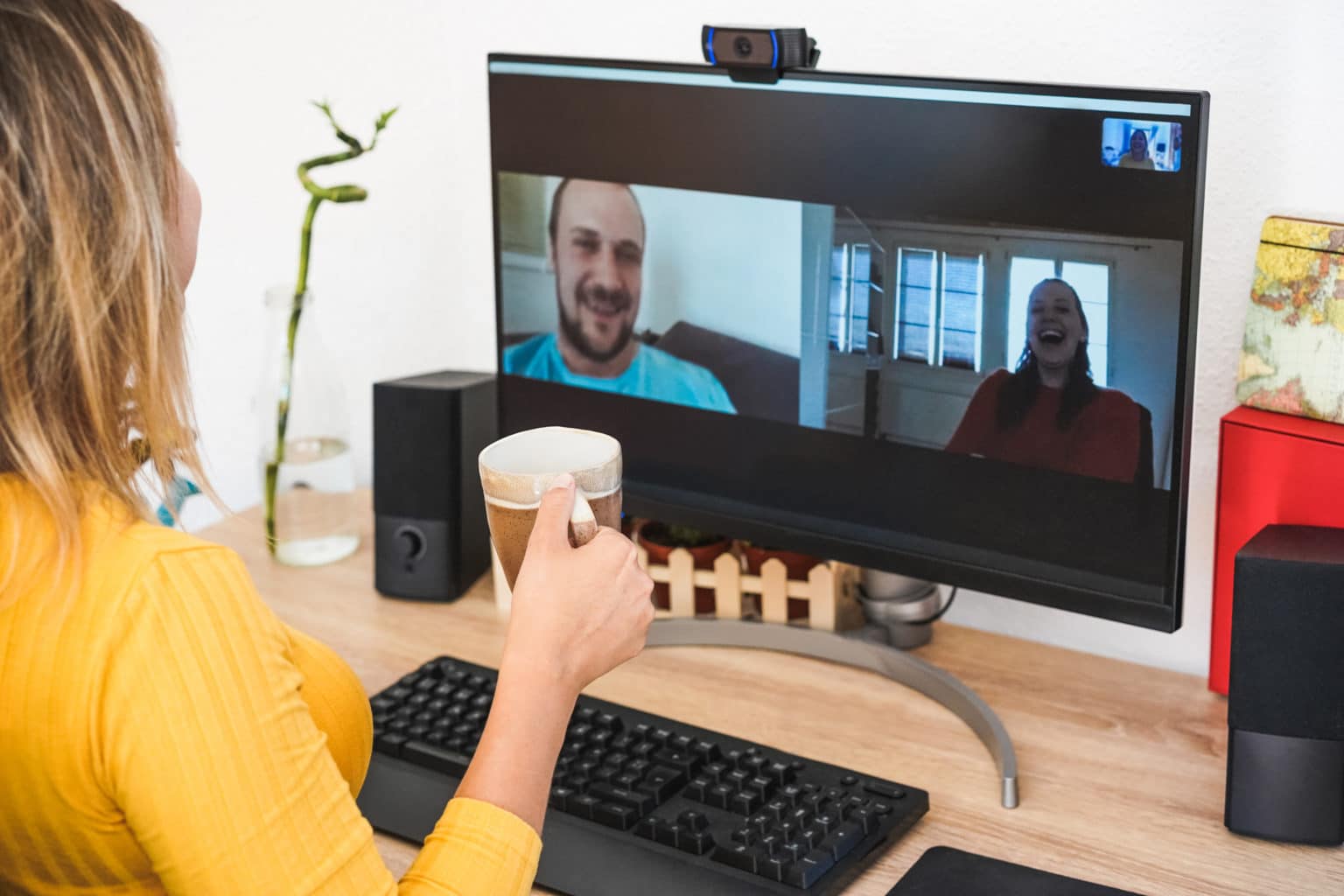
Class is the next generation virtual classroom for K-12, higher education, government agencies, and the workplace. Contact us today to schedule your live demo and see Class in action.

Class is the next generation virtual classroom for K-12, higher education, government agencies, and the workplace. Contact us today to schedule your live demo and see Class in action.

With many companies approaching onboarding in both virtual and onsite environments, HR leaders and hiring managers are eager to identify remote onboarding best practices that they can incorporate into their talent acquisition processes.
Businesses of all kinds and sizes have been aided immensely by technology during the COVID-19 pandemic. Technology has allowed businesses working with employees remotely to stay in touch and help employees stay connected with the company—and with each other. As the pandemic has continued on long past the time when businesses initially expected, companies have found that they’ve needed to adapt their employee engagement and relations practices in a number of ways.
For companies continuing to hire, the need to interview, select and onboard employees remotely has been a business imperative requiring immediate attention and, in many cases, some creating thinking and approaches.
While some employees are moving back into the physical workplace, many organizations have already indicated that they believe the future of work will encompass a hybrid workplace model of both remote and on-site staff. That means that remote onboarding is likely to remain a top priority for some time.
Onboarding employees regardless of where they’re located is important for businesses to drive employee engagement from the point of hire and introduction to the company, colleagues, management and other staff.
Organizations are finding opportunities to combine high tech with high touch in the remote onboarding environment.
At Ad.net, a digital advertising marketplace, founder and CEO Jon Waterman shared: “After someone is hired, we begin the onboarding process by sending new employees gift boxes complete with Ad.net branded mugs and other goodies, such as candles, candy, office supplies, and Amazon gift cards.”
The gift box is augmented with “2-on-1” virtual team meetings with new employees, allowing them to meet fellow team members and get a sense of the company culture. It’s a great way to combine a tactical experience with technology to enable remote interactions.
For the onboarding process itself, much can be accomplished through a combination of asynchronous and synchronous interactions.
Wayne Turmel is the co-founder of the Remote Leadership Institute and co-author of The Long-Distance Leader and The Long-Distance Teammate. Turmel says that in his company’s experience working with clients located around the world, a hybrid approach of both real-time and on-demand options has worked best to bring new employees on board. With individual contributors, he says, e-learning through asynchronous channels such as videos, recorded webinars and downloadable content can work well when supported with live events.
But asynchronous isn’t a replacement for live interactions, Turmel cautions. “One of the things we’re hearing from our customers—particularly in government for some reason—is that the very human need for connection and interaction, especially with people, is driving the growth of short, virtual instructor-led training (VILT) sessions in highly interactive settings.”
The more people have an opportunity to socialize with and learn from others, Turmel says, the more likely they are to engage in the onboarding experience and the important learning activities that will help to acclimate them to the company and its culture.
Tools like Class, built to augment and enhance Zoom, can make this process simple and seamless.

Zoom offers opportunities to drive employee engagement during the remote onboarding process. Team building via Zoom can be accomplished through both one-on-one and group interactions or the ability for chat, screen sharing, polling and more. Talent acquisition and HR pros are coming up with a variety of virtual team ice breaker ideas that can work well during remote onboarding, in addition to once new employees are on board for ongoing employee engagement.
James Idayi is CEO of Cloudzat. He recommends onboarding employees in groups—a process that can be readily accomplished through Zoom in a very interactive and personal way.
“Onboarding new hires in communities will make the transition less difficult for both employees and employers,” he says. “Group onboarding allows potential team members to easily get to know their coworkers.” This, he says, is especially important with remote staff who can be prone to feelings of isolation.
“These sessions may be used to expose new remote workers to other new team members that they may not have met yet, as well as offer a networking forum for building closer relationships with those in various teams and departments,” Idayi says.
Zoom can also be used on an ongoing basis to integrate new remote employees into the team, says Brittany Dolin, cofounder of Pocketbook Agency, a recruitment firm. “Remote workers may feel a little bit less connected to their fellow employees than if they worked with everyone else in an office,” Dolin says. But, she notes, there are ways to make remote employees feel included and connected to the company.
For instance, she suggests: “During weekly company Zoom meetings, new hires can be introduced and asked to share a fun fact about themselves. Managers can encourage employees to help each other out with anything work-related, and each department can have its own weekly Zoom meetings as well. The more opportunities for the new hire to engage with others, the more they will feel included and like they can approach other people.”
Virtual team ice breaker activities can be a good way to create social connections that will help colleagues begin to bond—whether on- or off-site.
“Overall, hiring remotely has benefited the company and our culture tremendously, since we are no longer tied to hiring people from one single location,” says Waterman. “With a hybrid-remote work dynamic expected to remain as the new normal, we now have a wider pool of talent to select from, which has led to more cross-collaboration and more diversity within Ad.net’s work environment.”

Class is the next generation virtual classroom for K-12, higher education, government agencies, and the workplace. Contact us today to schedule your live demo and see Class in action.

Class is the next generation virtual classroom for K-12, higher education, government agencies, and the workplace. Contact us today to schedule your live demo and see Class in action.
Get our insights, tips, and best practices delivered to your inbox

Sign up for a product demo today to learn how Class’s virtual classroom powers digital transformation at your organization.

Features
Products
Integrations